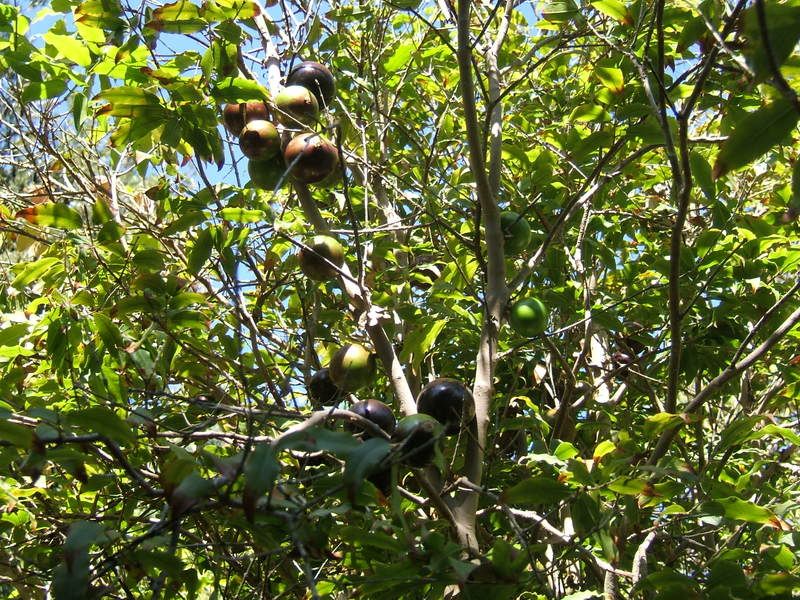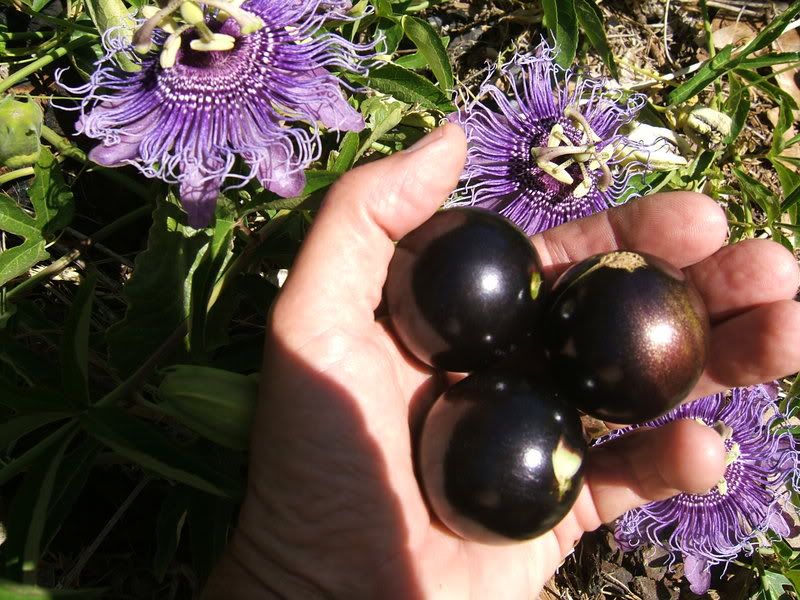459
« on: April 02, 2014, 05:47:24 PM »
QUEEN (Guat.)Introduced 1914 by E.E.Knight of Yorba Linda, CA, from near Antigua, Guat. Parent tree had 80 foot spread. Fruit season, July-Aug.; color, dull purple; weight, 20-30 ozs.; shape, pyriform; skin, rough, medium thick; flavor fine; oil, 13.5%. Seed, small.Illus. in CA. Avo. Soc. Yearbook 1927, & Cal. Ag. Exp. Sta. Circ. 43. Shipping quality good. Fruit too large except for special markets. (CAS Yearbook 1950) Grafted onto large rootstock at South Coast Research Station, Irvine, CA. field 44, row 10, tree 19, spring of 97. (Wood from Atkins nursery, grafted by Shaefer & Brown.) I've been told that Queen fruit make good Christmas gifts so they must hang through Dec. B flower type. (J.R. Frink 1998) Origin, Guat.; Race, Guat.; Flowering group, B (Lahav & Gazit)
DAILY 11 Perhaps the largest avocado grown in CA. At South Coast Research Station, Irvine, CA, one tree grows in field 46 another in field 44, row IX, tree 4., another at the Fullerton Arboretum. This fruit has been used by CA Rare Fruit Growers (Orange Co.) to impress people at the L.A. & Orange Co. Fairs because of its impressive size. Fruit is pear to odd baggy shape, green & of fair to good quality flavor. (J.R.Frink 1998) "Daily 11, a seedling of Queen, had been developed in Ventura County & had fruit larger than three pounds. It combined this size with a small seed & good flavor. Dr. Bergh's assistant later told me he had seen Dailys weighing five pounds." (Giant Avo. article,p.59,1980 Avo Grower)


